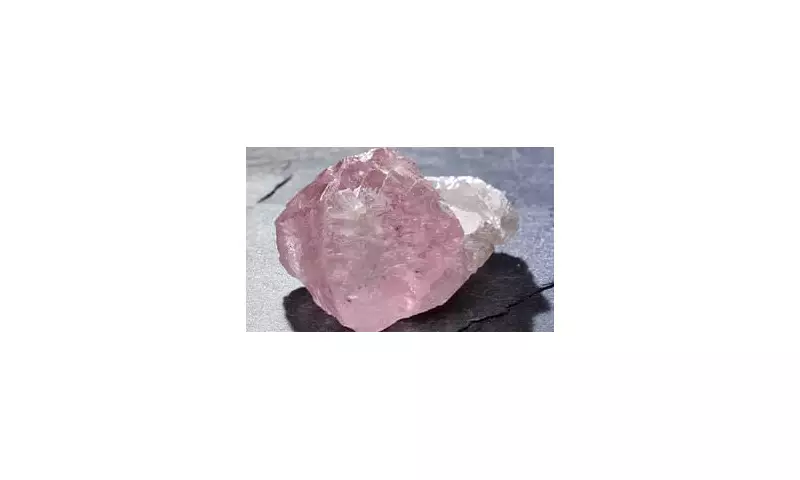
In an extraordinary revelation that has sent ripples through the global gemological community, a breathtaking 37-carat pink diamond of exceptional rarity has been unveiled from a London vault. The magnificent stone displays a remarkable characteristic that makes it truly one-of-a-kind: one half boasts a vivid pink hue while the other maintains classic diamond clarity.
The Colour Phenomenon
What makes this diamond particularly fascinating to experts is its distinct colour zoning. Gemologists at the Natural History Museum, where the stone was recently examined, confirm that this natural phenomenon occurs when trace elements interact differently with various sections of the crystal during its formation deep within the Earth.
"We're looking at what we call a 'parti-coloured' diamond," explained Dr Sarah Williamson, head of mineralogy at the museum. "The pink coloration results from intense pressure distorting the crystal structure during its journey to the surface, while the colourless portion formed under different geological conditions."
Historical Significance and Value
Weighing an impressive 37 carats, this extraordinary specimen ranks among the largest pink diamonds ever documented. While precise valuation remains confidential, industry experts suggest comparable stones have fetched upwards of £20 million at auction.
The diamond's journey to London remains shrouded in mystery, with current owners choosing to maintain anonymity. What specialists can confirm is that the gem originated from one of the world's few pink diamond sources, likely the legendary Argyle mine in Western Australia, which ceased operations in 2020.
Scientific Importance
Beyond its obvious beauty and monetary worth, the diamond represents a significant opportunity for scientific study. Researchers are particularly excited about examining the precise boundary where the pink and colourless sections meet.
"This stone provides a natural laboratory for understanding diamond formation processes," Dr Williamson noted. "The sharp colour division offers unprecedented insight into the changing conditions during crystal growth millions of years ago."
The diamond is expected to remain in London for further analysis before potentially appearing on the international auction circuit, where it's anticipated to draw intense interest from collectors and investors worldwide.





